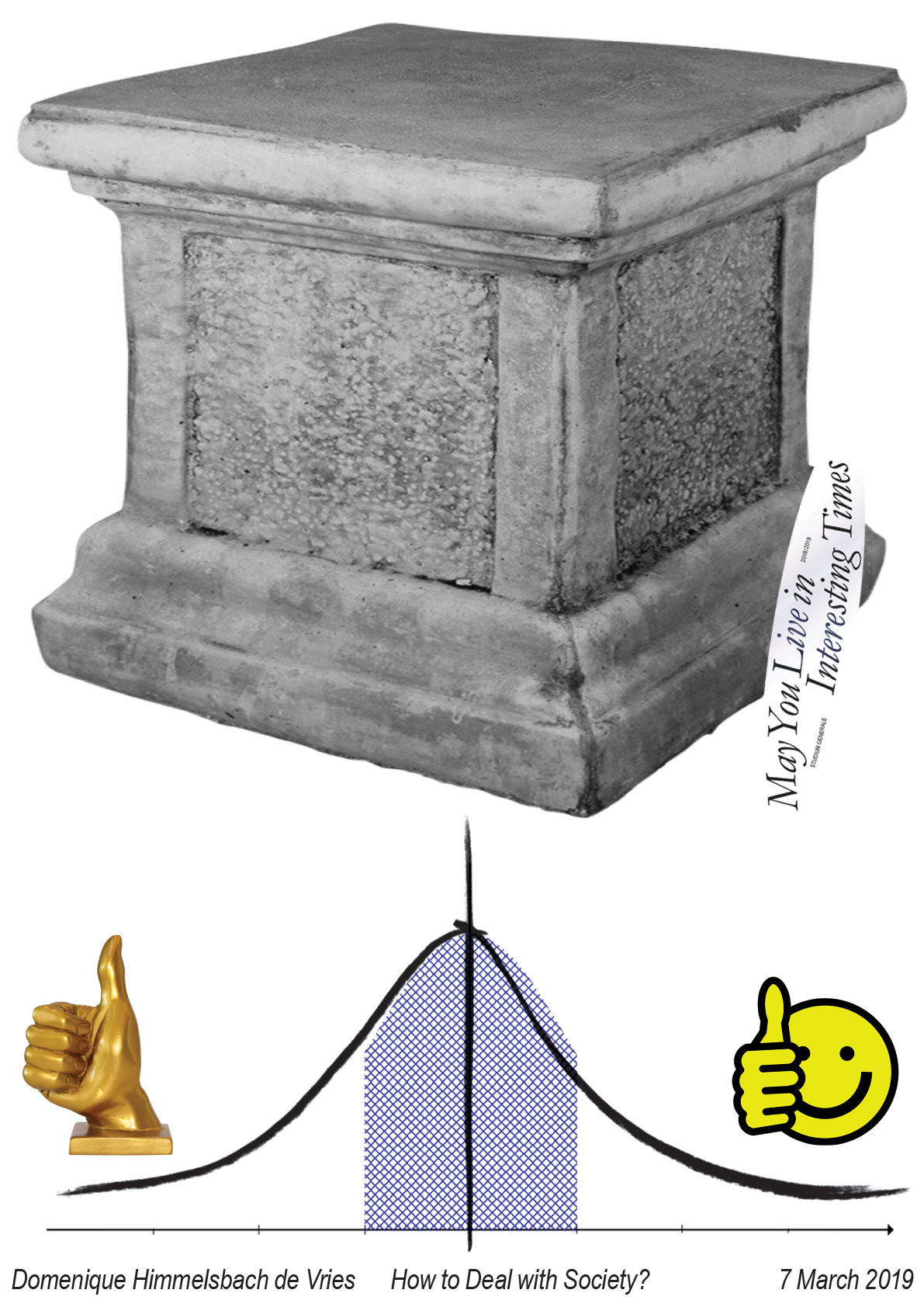
Lecture (4/13) - Social artist Domenique Himmels bach de Vries puts the “okay people” on a pedestal, opens up populist webshops and documents undocumented people. With his fresh perspective and thinking he provides current, cultural and social issues of inspiration and gives new perspectives and answers on a personal level. Himmelsbach’s ambition is to create alternative, new legends about how you can break away with social spectatorship. He investigates how you can develop fruitful methods to relate to complex social themes.
A background in activism ensures a healthy allergy to sectarian and dogmatic ideas.
In 2010 Domenique Himmelsbach de Vries (Amsterdam, 1983) graduated as a social designer at the post graduate No Academy, Laboratory for Art and Society in Amsterdam. Before that he graduated as an autonomous visual artist at ArtEZ Zwolle in 2009. His socioartistic practice has its origins in the conviction that being a studio artist is too isolated for him to translate his concerns about the world into work with social impact. He wants to reach people who are outside his network and converse with people with other convictions, values and backgrounds. He wants to break with his sense of social spectatorship and investigate and challenge who ‘the other’ is in our society. Social interventions that rely on co-creation and participation proved to be the best means for this. They are the key to a practice that operates at the center of society.

Poster design by Dayna Casey

Domenique Himmelsbach de Vries

Installation by Natalia Nikoniuk
How to Deal with Society by Domenique Himmelsbach de Vries
What does it mean to create inclusive art? Is it enough the present the viewer with tool that they can use to leave a mark? Dominique says “Social interventions that rely on co-creation and participation proved to be the best means for this. They are the key to a practice that operates at the center of society.” The work demonstrates the common practices of in the arts that attempt to include the audience/be participatory but often end up still positioning the viewer in a passive position. Domique’s work differs from that approach as uses his artistic practice as a tool to give voice/identity to those who weren’t heard/seen before. It is not enough to give ‘the other’ the tools; one’s target audience is always limited and it is through acknowledging and reflecting on these limitations that one can successfully approach socially-involved art-making.